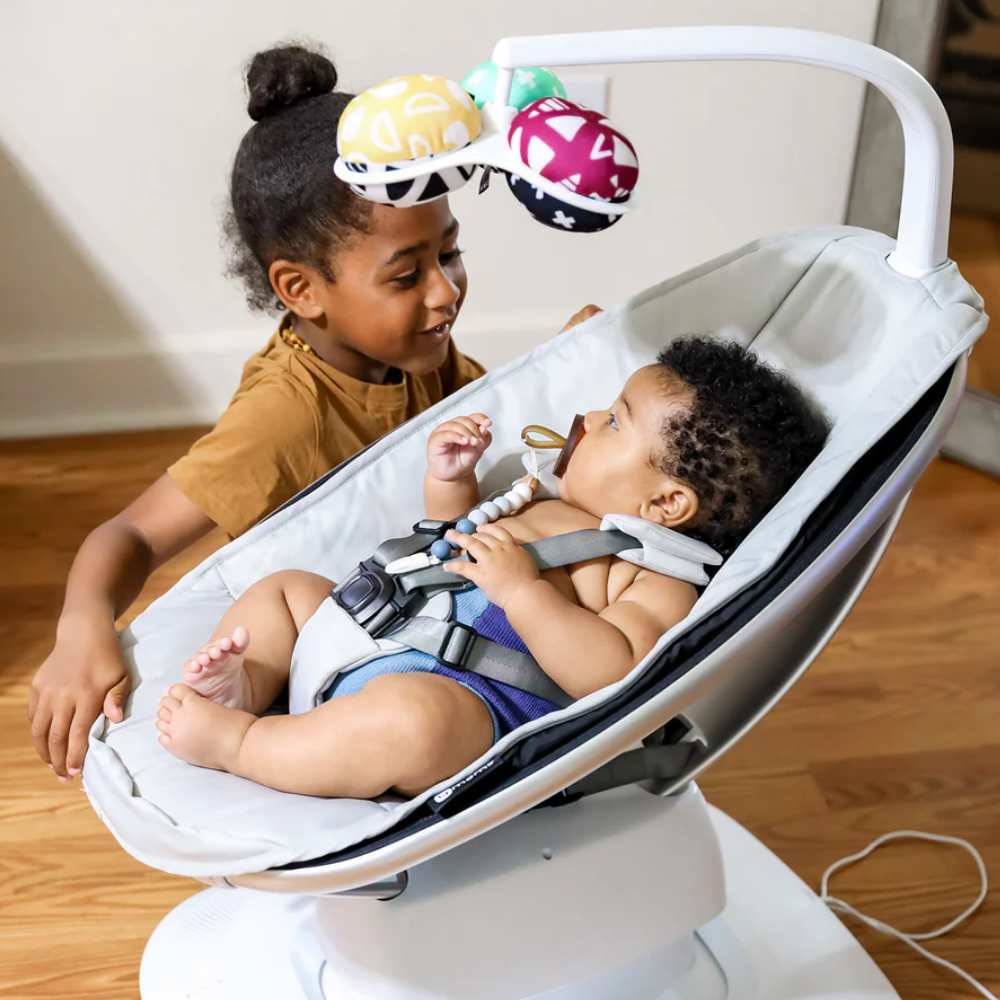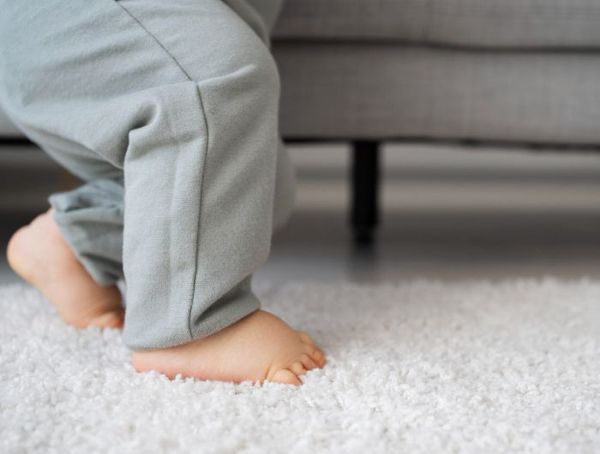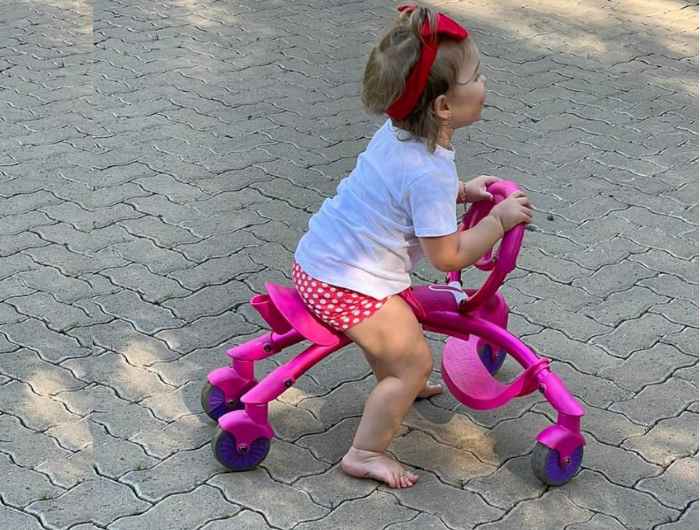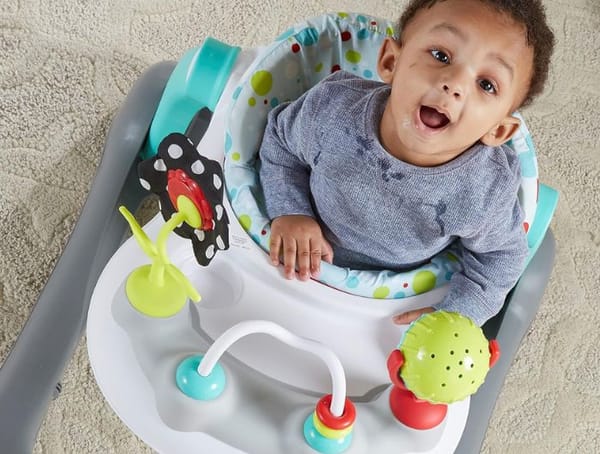Read on for pro & cons and alternatives to baby swings.
A baby swing is a reclined baby seat that rocks back and forth or side to side. The best baby swings come with music, sounds, or toy bars to entertain your little one.
Some parents swear by baby swings, saying they are lifesavers for calming a fussy baby and helping them fall asleep. Others say they are unnecessary, expensive, and take up too much space. So how do you decide if you need a baby swing or not? And how do you choose a baby swing, once you have decided to buy one. Here are some things to consider.
The Benefits of Baby Swings
A baby swing or infant swing can offer many benefits for both you and your baby. Some of them are:
Top baby swings can soothe fussy babies. Some babies love the gentle motion of a baby swing and find it comforting and relaxing. It can mimic the feeling of being in the womb or being held by a parent. A baby swing can also provide stimulation for your baby with music, sounds, or toys that can keep them entertained and happy.
Baby swings can help your baby fall asleep. Some babies have trouble falling asleep on their own, especially during the day. A baby swing can help them drift off to sleep with its soothing motion and sound. Some parents use a baby swing as part of their naptime routine or as a backup option when their baby is overtired and cranky.
Baby swings can give you a break. As much as you love your baby, sometimes you need a break to do other things or just rest. A baby swing with a toy bar can give you a safe and comfortable place to put your baby down for a few minutes while you take care of yourself or your household chores. You can still keep an eye on your baby while they enjoy their swing.
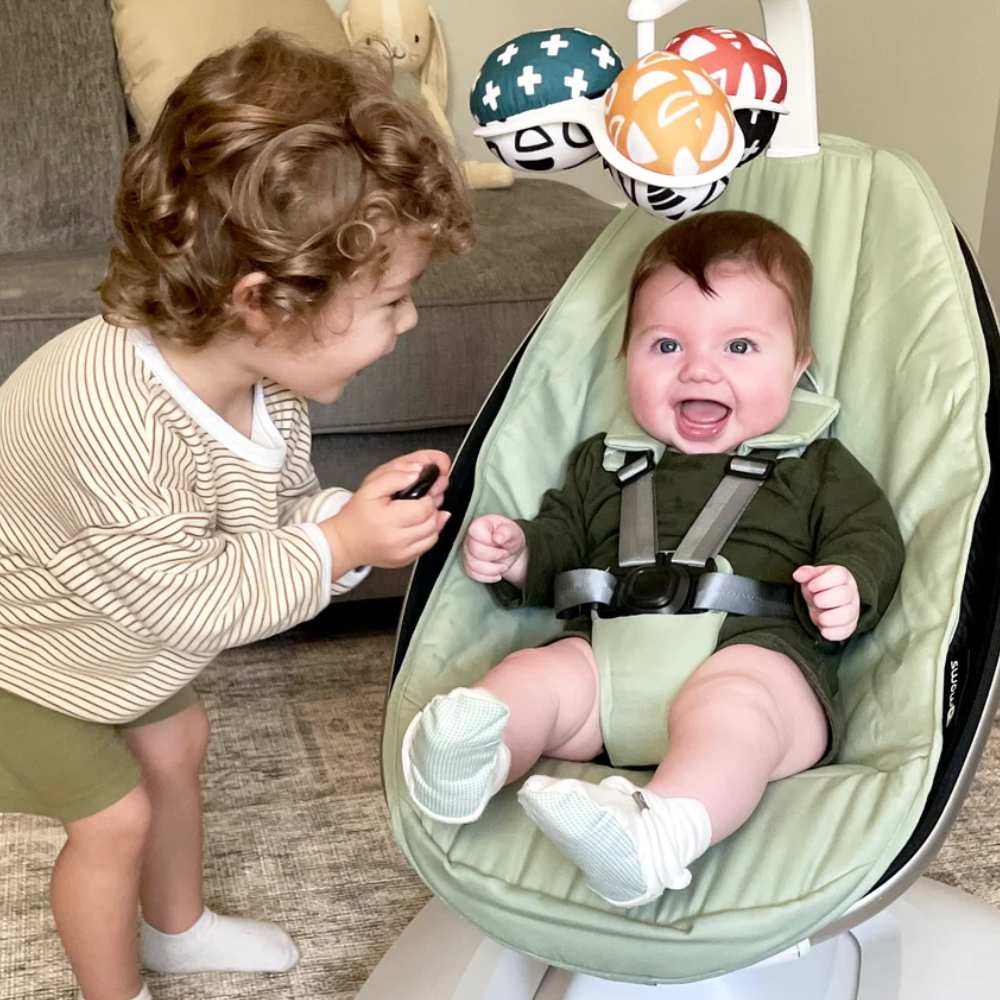
The Drawbacks of Baby Swings
Baby swings are not perfect, however. They also have some drawbacks that you should be aware of. Some of them are:
Expensive
Baby swings can be expensive. Baby swings can range from $50 to $300 or more, depending on the features and quality. If you are on a tight budget, you might not want to spend that much money on something that your baby might outgrow or not like in a few months.
Space Hogs
Baby swings can take up space. Full sized baby swings can be bulky and heavy, especially the full sized ones that have more features and functions. If you have a small home or limited storage space, you might not have room for a big baby swing. You might want to look for a smaller or portable model that can fold up easily when not in use.
Bad Habits
Baby swings can create bad habits. Some experts warn that using a baby swing too much or too long can create bad habits for your baby's sleep and development. For example, your baby might become dependent on the swing to fall asleep and have trouble sleeping in other places or without motion.
Your baby might also miss out on other activities that are important for their growth and learning, such as tummy time, floor play, or interaction with you and others.
How to Use a Baby Swing Safely
If your baby likes the swing and you decide to get a full sized baby swing, you should follow some baby swing safety guidelines to make sure your baby is safe and comfortable in it. Here are some tips:
Always follow the manufacturer's instructions for assembly, use, and maintenance of the baby swing. Make sure the swing is stable and secure before putting your baby in it.
Always use the harness or straps to secure your baby in the swing. Never leave your baby unattended in the swing or let them sleep in it.
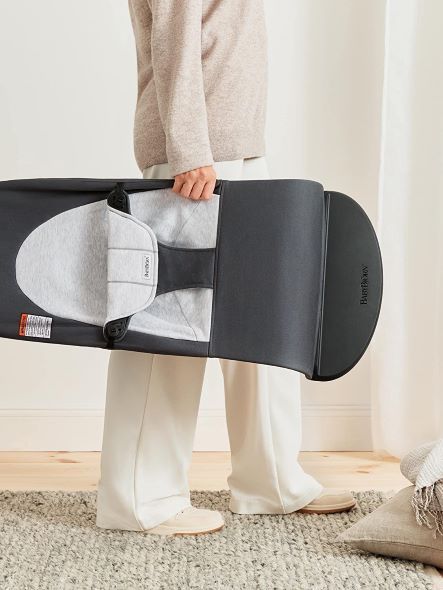
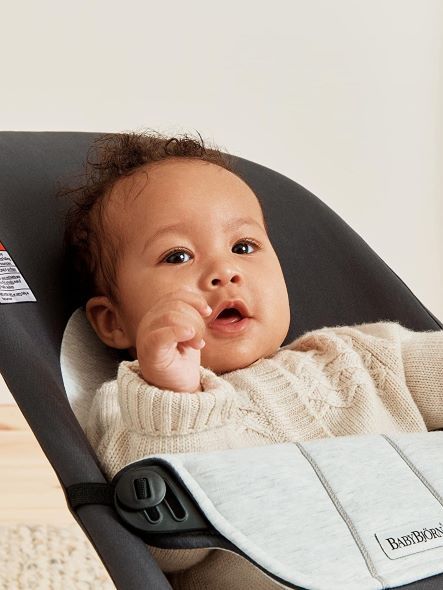
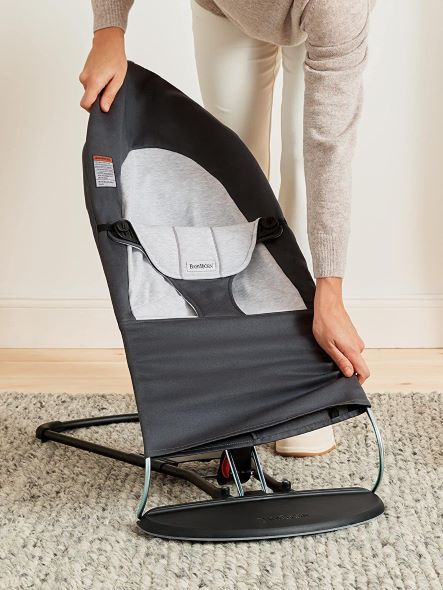
Adjust the speed and motion of the swing according to your baby's age, weight, and preference. Start with the lowest setting and increase gradually if needed. Avoid using too fast or too jerky motions that can cause injury or discomfort to your baby.
Limit the time your baby spends in the swing to no more than an hour at a time. Give your baby breaks from the swing to change their position and stimulate their senses with other activities.
Keep the swing away from hazards such as cords, windows, heaters, fans, or pets that can harm your baby or interfere with the swing's function.
Clean the swing regularly and check for any signs of wear and tear that can compromise its safety.
Alternatives to Baby Swings
If you don't want to buy a baby swing, don't have space for one or your baby doesn't like it, don't worry. There are plenty of other options that you can try instead. Here are some of them:
Baby carriers or wraps
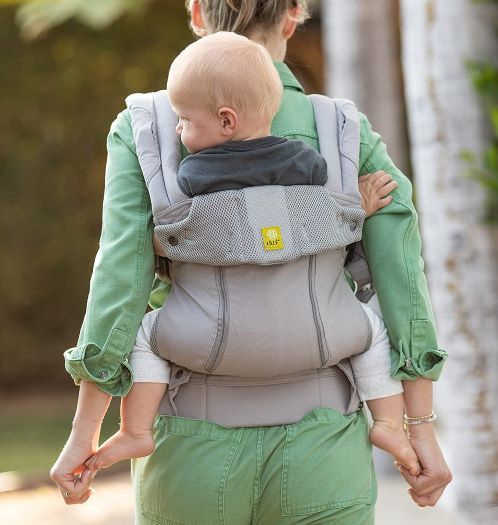
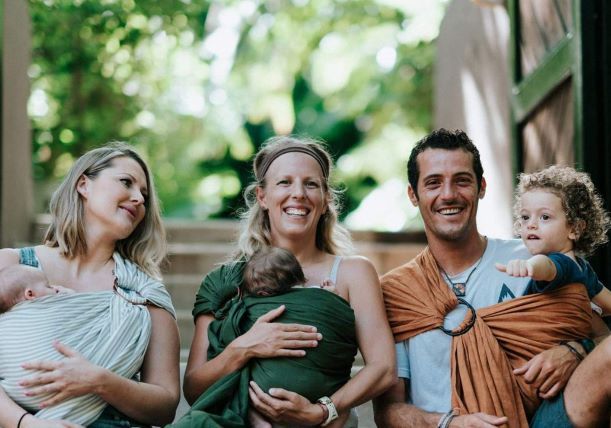
Another good alternative is a baby carrier. These are devices that let you wear your baby close to your body, which can make them feel secure and cozy. You can also move around and do other things while carrying your baby.
Baby Bouncers or Rockers
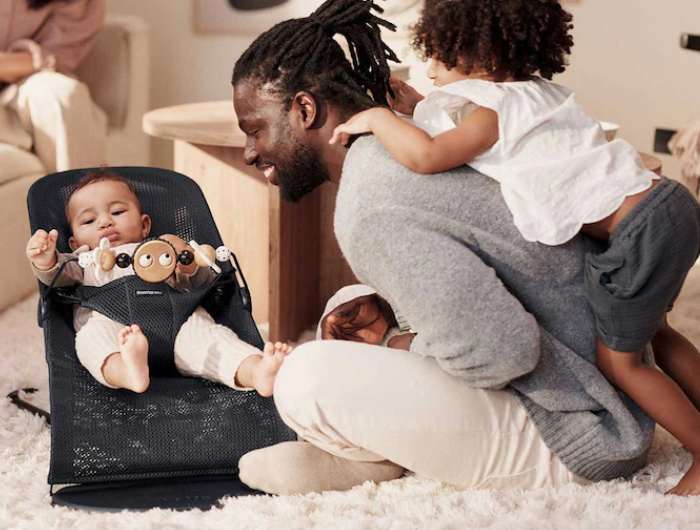
A baby bouncer is a lightweight and portable seat that bounces up and down when your baby kicks or moves. They are usually smaller and cheaper than swings, and some have toys or vibrations to keep your baby entertained.
Baby Mats or Play Gyms
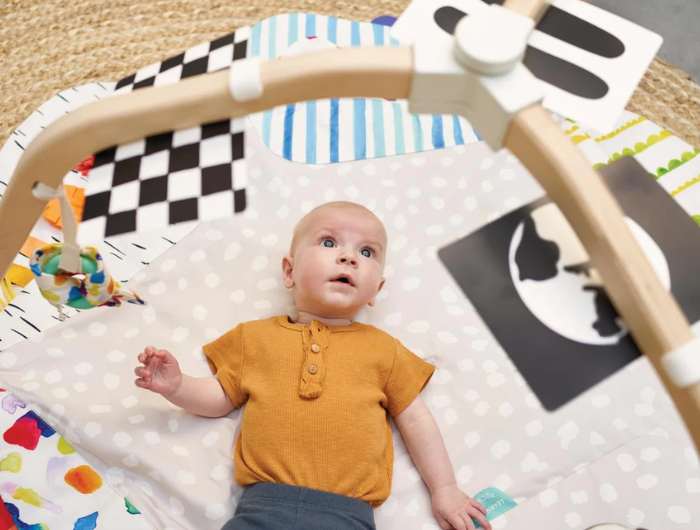
These are devices that let your baby lie down on a soft surface and play with different toys or activities. They are great for stimulating your baby's motor skills and cognitive development.
Human Arms
Sometimes the best alternative to a baby swing is simply holding your baby in your arms and rocking or cuddling them. This can help you bond with your baby and make them feel loved and safe.
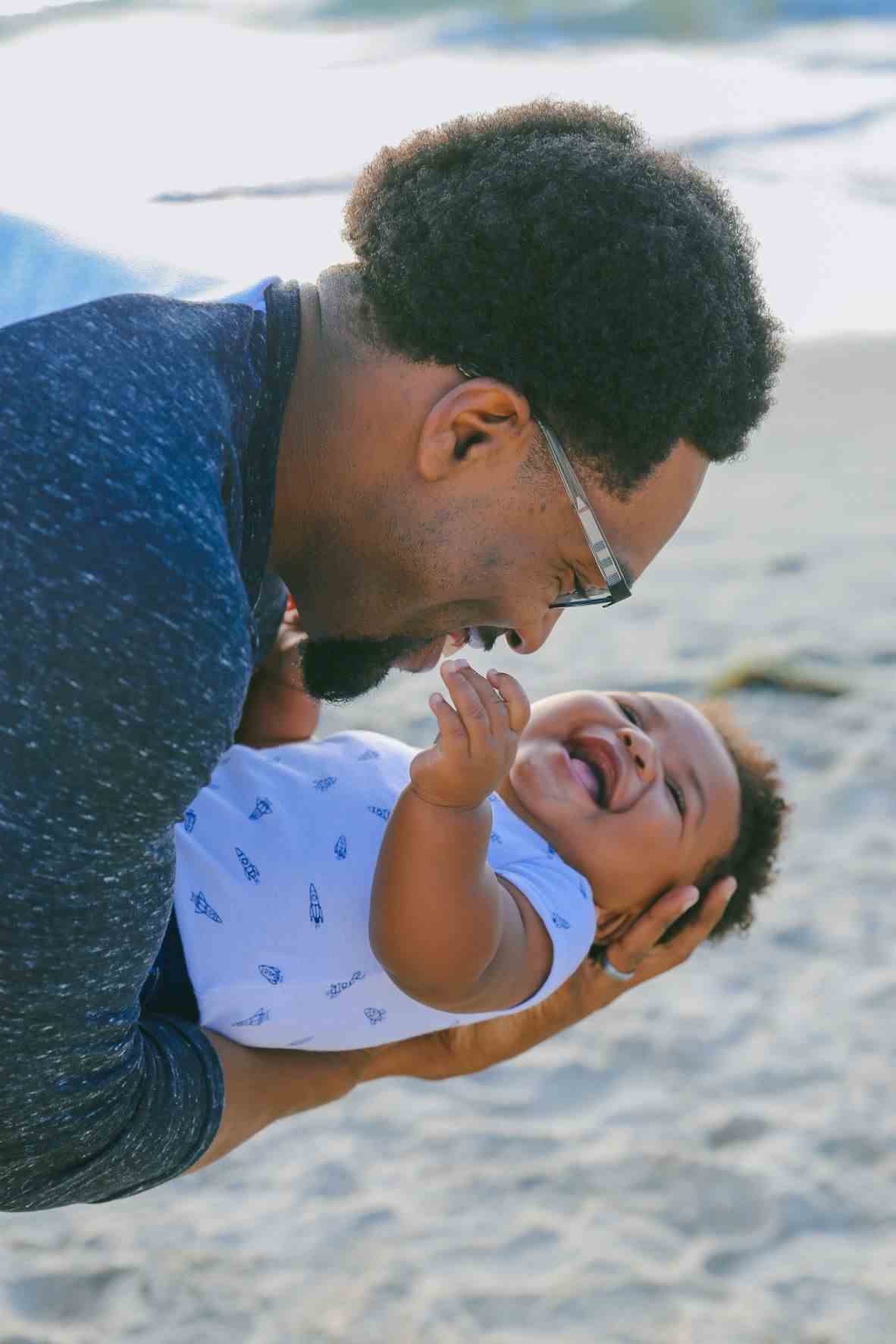
How Long Does A Baby Use A Swing
If you are wondering, what age can my baby use a baby swing, we have the answer for you. According to experts, the ideal age range for using a baby swing is from birth to nine months. However, if your baby is premature, you should consult your pediatrician before using a swing.
You should also choose a swing that lies backward and provides your baby with adequate support. A swing with a five-point harness is safer than one with only a waist belt.
The recommended time limit for using a baby swing is 30 minutes at a time, and no more than an hour per day. This is because spending too much time in the swing can cause your baby's head to flatten, affect their sleep quality, and delay their developmental skills.
You should also never leave your baby unattended in the swing or let them sleep in it. If your baby falls asleep in the swing, move them to a firm sleeping surface as soon as possible.
A baby swing can be a great tool for new parents, but it should not replace your cuddles, tummy time, or other activities that help your baby grow and learn. You should use the swing as a supplement, not a substitute, for your care and attention.
Conclusion
Baby swings are not essential for every parent or baby, but they can be helpful in some situations. They can soothe and entertain your baby with their motions and sounds, but they can also be expensive, bulky, unsafe, or habit-forming.
If you decide to get a baby swing, make sure you use it safely and sparingly, and follow the manufacturer's instructions. If you don't want to get a baby swing, or your baby doesn't like it, you can try other alternatives like carriers, bouncers or mats.
Thank you for reading Mother Bear Reviews, your favorite parenting blog!


